Cow’s Milk vs. Plant-Based Milks: What You Need to Know
By Sammi Brondo — July 23, 2024
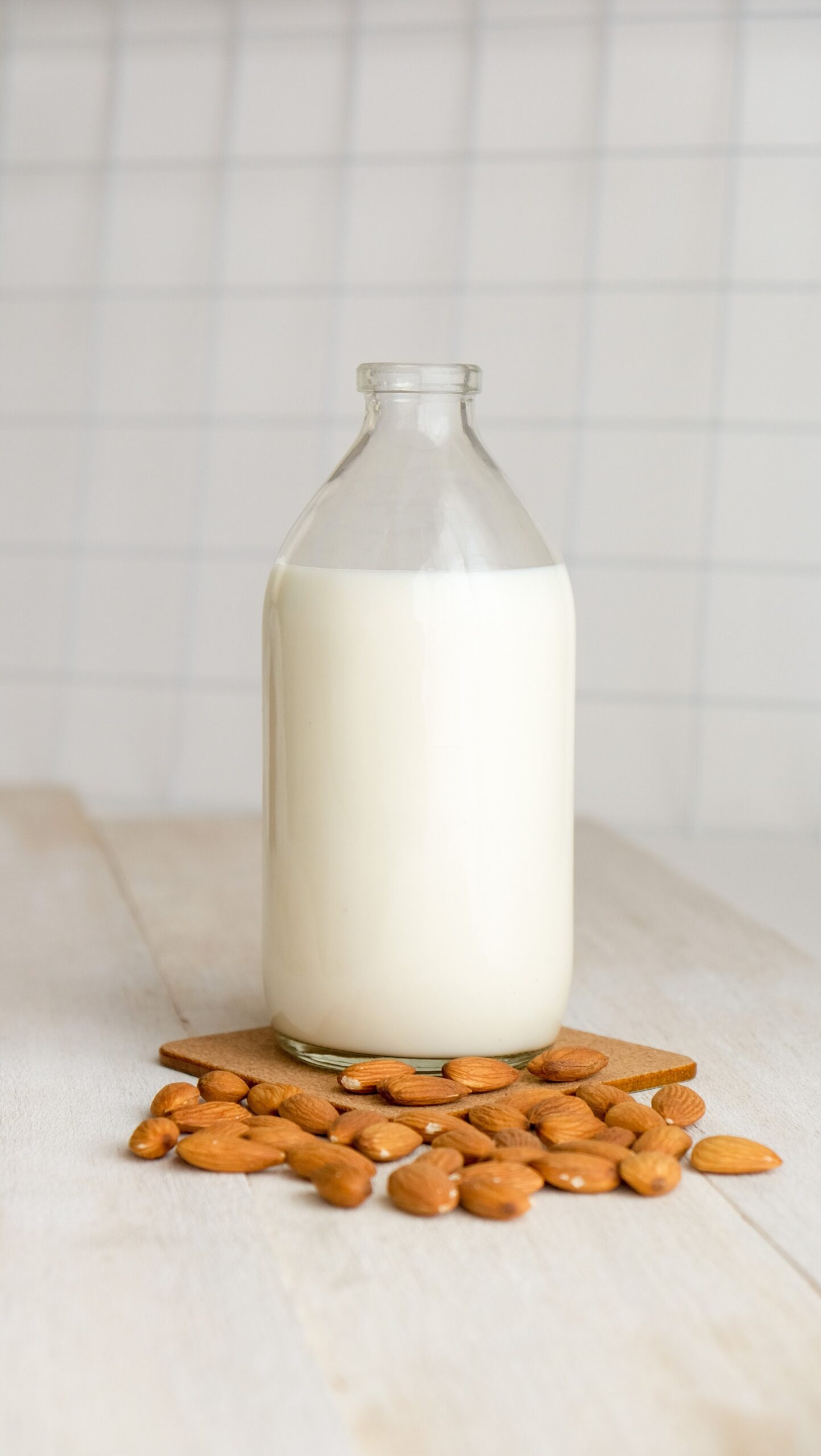
I read somewhere recently that plant milk consumption is up 550% compared to just a few years ago. 550%! I have no clue where I read this, so I can’t tell you if it’s exactly true. BUT, as a dietitian who works with individual clients on the reg, I can definitely tell you that plant based milks starting having a moment a few years ago and it’s for sure not ending any time soon.
A lot of different plant based milks exist. Many are made from nuts – like almond milk, cashew milk and walnut milk. Over the past few years, oat milk has gained crazy popularity. There’s even rice milk and coconut milk*. And we can’t forget soy milk! Or the OG, cow’s milk.
If you’ve ever wondered “which milk is best,” there’s no definitive answer. Each milk brings something different to the table and it depends on what you’re looking for and how you plan to use it. But, they each have different pros, cons and uses that might work or not work for you.
Below, find a summary of the 4 most common milks, how they stack up nutritionally, and recommended ways to use them.
*FYI, the FDA actually regulates against calling these plant-based options “milk” because they don’t come from cows and aren’t nutritionally the same as dairy milk. You’ll often see them referred to as non-dairy beverage, mylk, or as one word, like almondmilk.
ALMOND MILK
Ingredients
Most almond milks are made of some combination of the following ingredients:
Almonds, filtered water, gums (like gellan gum or locust bean gum), some kind of sugar (like cane sugar or evaporated cane juice), an emulsifier (usually sunflower lecithin), natural flavors and added vitamins and minerals.
Gums are used as a thickener to make the milk creamy and more shelf stable. Emulsifiers also help to extend the shelf life of these milks. The vitamins and minerals are often added to preserve freshness and/or boost the milk’s nutrient profile.
(By the way, gums and emulsifiers are nothing to be concerned about. For a lot more money, you can find almond milk – or any other type of nut milk – made from just nuts + water, but again, it’ll be a lot more expensive. And it’ll go bad much more quickly. These ingredients typically help to help to make the product last a bit longer in your kitchen and help the consistency come together. To learn more about what some of these ingredients are, check out this in depth blog post here.
Nutrition panel
Per 1 cup of almond milk, you can typically expect about 60 calories, 1 gram of protein, little to no fat and little to no fiber.
The sugar content in almond milk will vary based on the flavor. Regular, sweetened versions have about 7 grams of sugar per cup. Unsweetened varieties typically contain no sugar.
Other standout nutrients include calcium and vitamin D. One cup of almond milk has about 45% of your daily needs for calcium and about 25% of your daily needs for vitamin D.
So, while it’s lacking in protein and fat – nutrients that can help with satiety – it also adds a nice boost of vitamins and minerals that you might not be otherwise getting.
Taste and uses
I love almond milk. Truly, it’s one of the foods (okay, or drinks) that I always have in my fridge. Personally, even though I do enjoy dairy, I just love the taste and versatility of almond milk (read more about that here!)
Most almond milks have a relatively thin consistency. They have a neutral taste. An original, sweetened version tastes most like regular milk – neutral and semisweet. Unsweetened, flavored versions have a more subtle sweetness while adding just a hint of flavor.
I’m a big fan of unsweetened vanilla almond milk and love adding it to different things to add that subtle sweetness and flavor. I usually add it to my morning coffee and love it with a bowl of cereal. You can also bake with almond milk in any recipe that calls for milk!
Bottom line: Almond milk doesn’t have many macronutrients to keep you full, but it does offer a good amount of vitamins and minerals. The sweet and neutral taste is super versatile.

COW’S MILK
Ingredients
For brevity sake, I’m going to call cow’s milk just milk, okay? This milk is made of just ingredient usually… milk.
Nutrition panel
Per 1 cup of whole milk, you’ll find about 160 calories, 8 grams of protein, 8 grams of fat and about 11 grams of naturally occurring sugar (milk is made of lactose, which inherently is a type of sugar).
Milk also has about 30% of your daily needs for calcium and 25% for vitamin D – the same as almond milk.
As you choose lower fat milks, like reduced fat/2% or skim/nonfat, of course, the total amount of fat in these milks decreases. But – often times, removing these fats makes the milks thinner and a lot less palatable.
Taste and uses
Milk has a pretty neutral but somewhat sweet taste. Again, as you decrease the fat content in milk, you do lose some of its flavor and mouthfeel.
Cow’s milk can be used with cereal, in coffee, in smoothies or in any recipes too.
Also, as mentioned, cow’s milk contains lactose. In order to break down lactose, our bodies use an enzyme called lactase. Interestingly, we typically lose lactase as we get older. And, if you don’t often consume lactose and don’t use lactase, you lose more of it too.
This is why many adults are lactose intolerant or simply find they can’t quite tolerate a plain glass of milk like they could when they were younger. For example, while I personally love dairy and eat yogurt and cheese on the reg, I probably couldn’t stomach a regular glass of milk. However, if you still drink milk often, you likely never lost the ability to tolerate it.
Bottom line: Milk can be a great choice – it adds satiating protein and fat and has a nice mouthfeel and flavor. However, as many people get older they may find it harder to tolerate. Or, you may choose to follow a vegan diet and not want to consume milk for ethical reasons. If that’s the case, there are many plant-based milks that are great options too.

OAT MILK
Ingredients:
Most oat milks are made of some combination of the following ingredients:
Filtered water, oats, sunflower oil, vitamins and minerals (like calcium and vitamins A, D, B2 and B12), gum (like gellan gum or locust bean gum), sea salt, sunflower lecithin and ascorbic acid
Like with almond milk, gums and sunflower lecithin are used to help give oat milk its smooth consistency and make it more shelf stable. The vitamins and minerals that are added fortify the milk to make it a bit more nutritious and also help to make it more shelf stable too.
Nutrition panel
One cup of oat milk typically contains about 90 calories, 2 grams of protein, about 3 grams of fat and 4 grams of sugar.
Like almond milk, it doesn’t contribute many macronutrients like protein or fat. But, 1 cup of oat milk also typically contains about 2 grams of fiber that it gets from the oats – a small perk that the other milks don’t have!
And, like almond milk, oat milk typically contains about 30% of the daily needs for calcium and about 25% for vitamin D.
Taste and uses
Of all the plant-based milks, oat milk is by far the creamiest. It has a thicker mouthfeel and a naturally sweet taste, which also helps it to be more satisfying too.
Personally, I think oat milk is delicious. And, now that I’m writing this, am sitting here wondering why I don’t drink it more.
Like other milks, oat milk is perfect in coffee and in baked goods. It also makes really amazing lattes. Oat milk can even be used in savory recipes and make into sauces or creamy dips too.
Bottom line: Oat milk doesn’t contain protein or fat but, because it’s a bit creamier and contains fiber, might also be a bit more satiating than other plant-based milks. It has a sweet, versatile taste and a good amount of calcium and vitamin D as well.
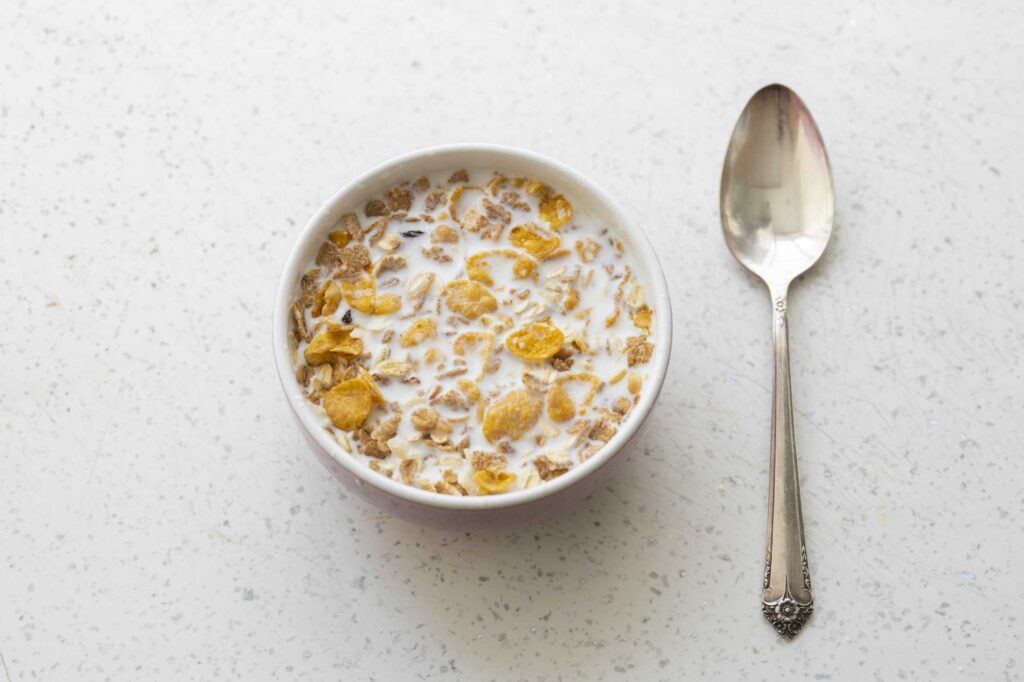
SOY MILK
Ingredients
Most soy milks are made of a combination of the following:
Filtered water, soybeans, cane sugar, gellan gum, natural flavors and vitamins and minerals like calcium and vitamins A, D, B2 and B12.
You’re hopefully sensing a theme by now: all of these non-dairy milks are made from mostly water, then the ingredient that gives them their name (here, soy), gums to stabilize them and then fortified with vitamins and minerals for added nutrition and stability.
Nutrition panel
Per one cup of soy milk, you’ll usually find about 110 calories, 8 grams of protein, about 4 grams of fiber, 2 grams of fiber and 6 grams of sugar.
It’s important to note that soy milk is the only alternative milk that also contains protein. Nutritionally, it’s the most similar to cow’s milk.
Additionally, like the other plant-based milks, soy milk contains about 30% of the daily value for calcium and 15% for vitamin D per one cup.
Unlike the other milks however, one cup of soy milk also contains 120% of the recommended daily value for vitamin B12.
I find this to be super interesting and see it as a big perk. Vitamin B12 typically comes from animal products and is a nutrient that’s often lacking in vegetarian or vegan diets. This is one of the reasons that it was added to soy milk and is a great way for those who don’t eat meat to get vitamin B12 in their diets.
Taste and uses
Of all 4 milks, soy milk probably has the most distinct flavor. It has a thicker consistency than nut milks and is slightly sweet.
Because it has a good amount of protein per cup, it makes a nutrient dense and easy snack paired with so many different foods. Try it with cereal for a filling bowl of cereal and milk, add it to coffee to add some more staying power to your coffee, or even drink a glass on its own with a piece of fruit on the side for an easy snack.
Fun fact: a glass of soy milk can even make a really easy refuel post workout!
Bottom line: Nutritionally, soy milk is the most comparable to cow’s milk. It has a more distinct flavor but, if you enjoy the flavor, offers a nice amount of satiating protein and fat per cup.
If you haven’t picked up on it already, none of these milks are bad or better than the other. It truly boils down to your preferences and what you’re using the milk for.
Have no problem with dairy? Enjoy a glass of cow’s milk! Looking for something a little creamier to add to your latte? Try oat milk. Want to add a subtle sweetness without a lot of sugar to blend your smoothie? Almond is a good choice. Or, if you want the protein from milk but can’t tolerate cow’s milk, soy milk might be a good option for you.
Like with anything, and again based on your preferences, there’s room for any of these milks in your diet. Try not to let yourself fall into the trap that one milk is “better” than the other. All foods – and all milks – truly can fit in different situations

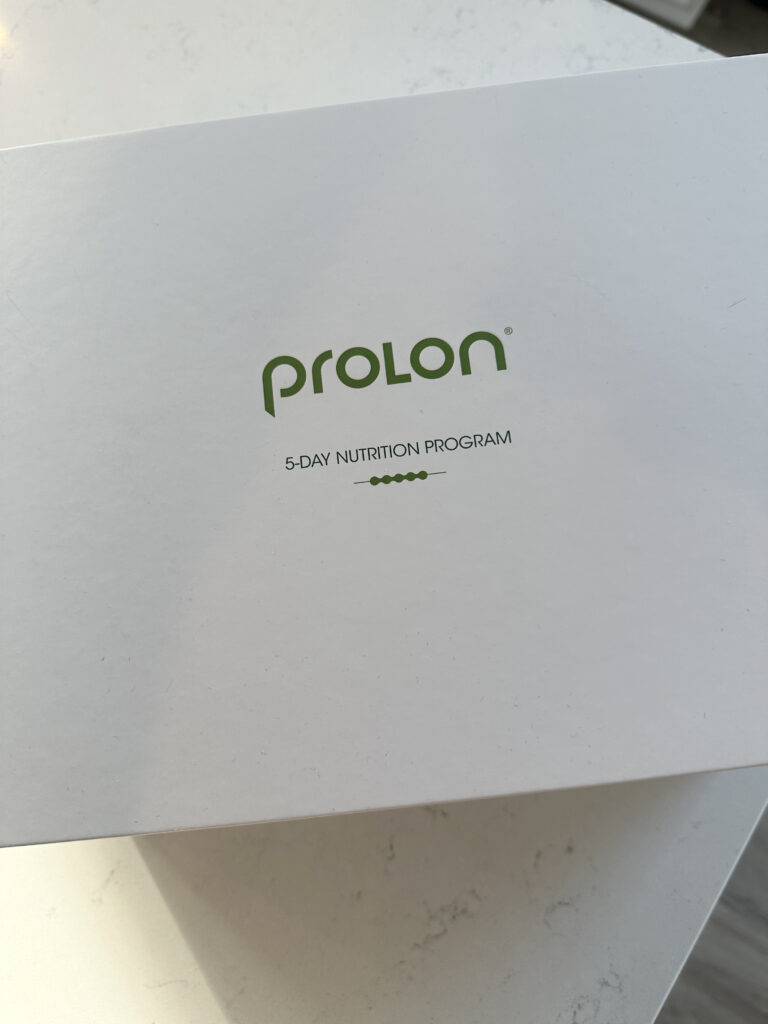




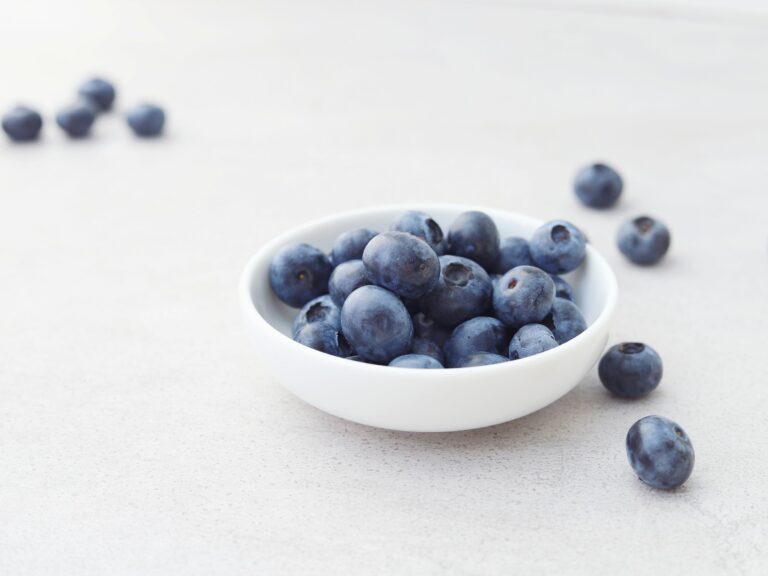



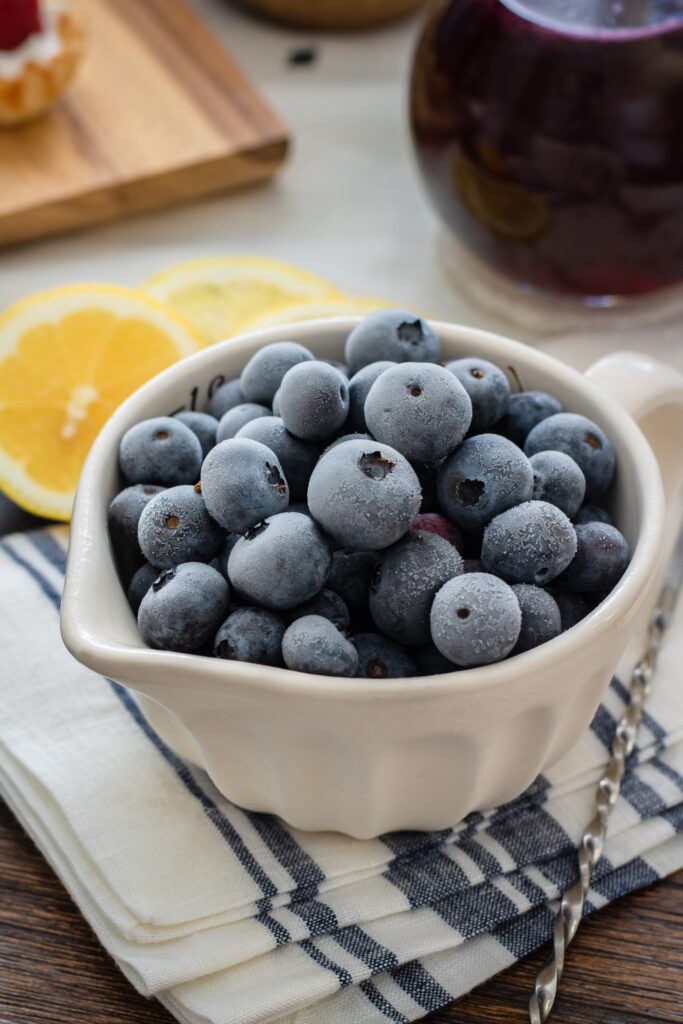



This article was SO helpful! Thank you! It is so confusing these days to pick a milk alternative since there are so many options. This gives a great overall picture.
Thanks so much for this sweet comment Shanna! I’m so glad you found it so helpful 🙂